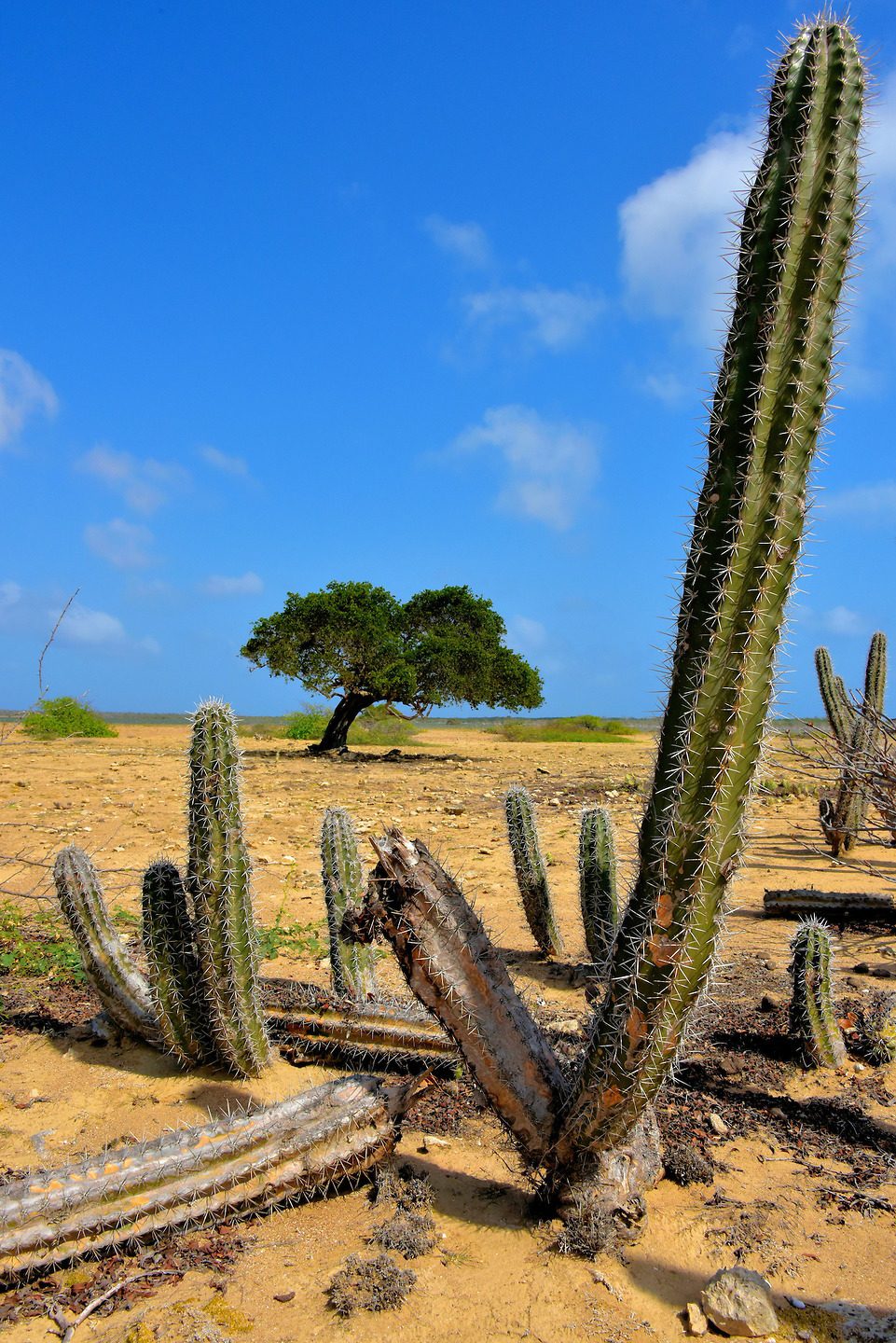This member of the Dutch ABC Islands is the least developed commercially but is encircled by a spectacular coral reef. This natural underwater treasure is alive with over 400 species of colorful fish and marine life. No wonder Bonaire is called, “Divers’ Paradise.”













































